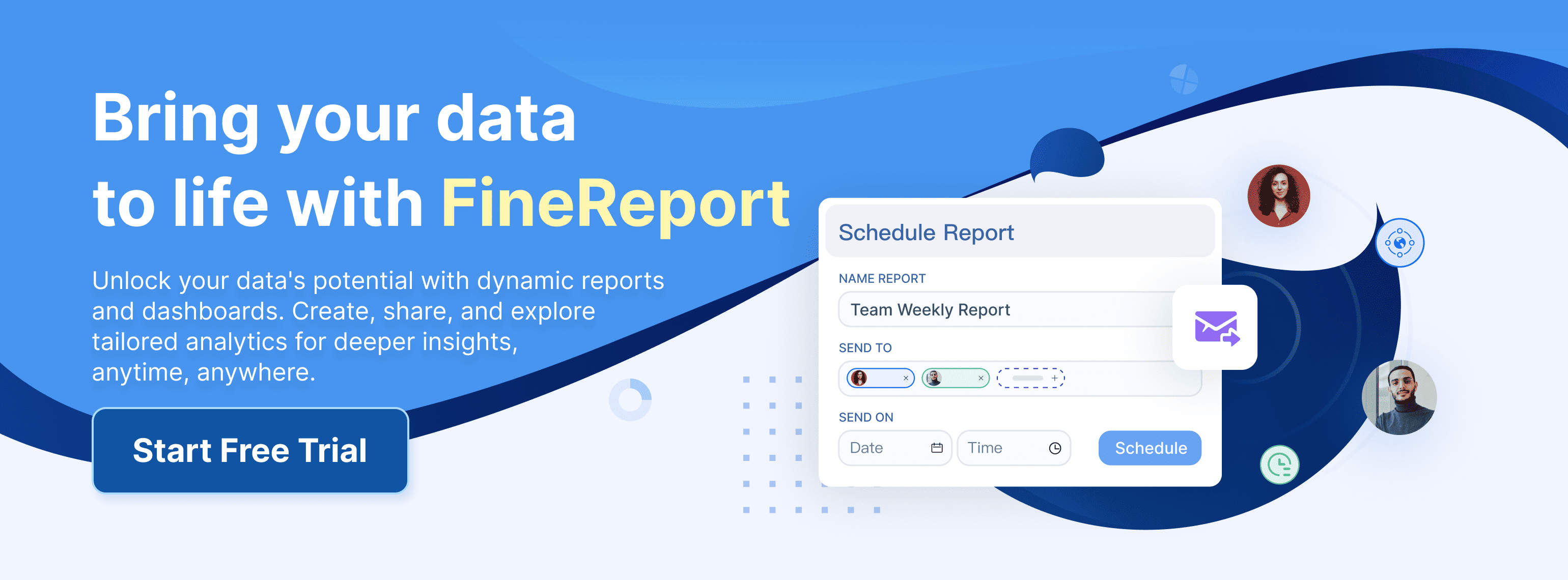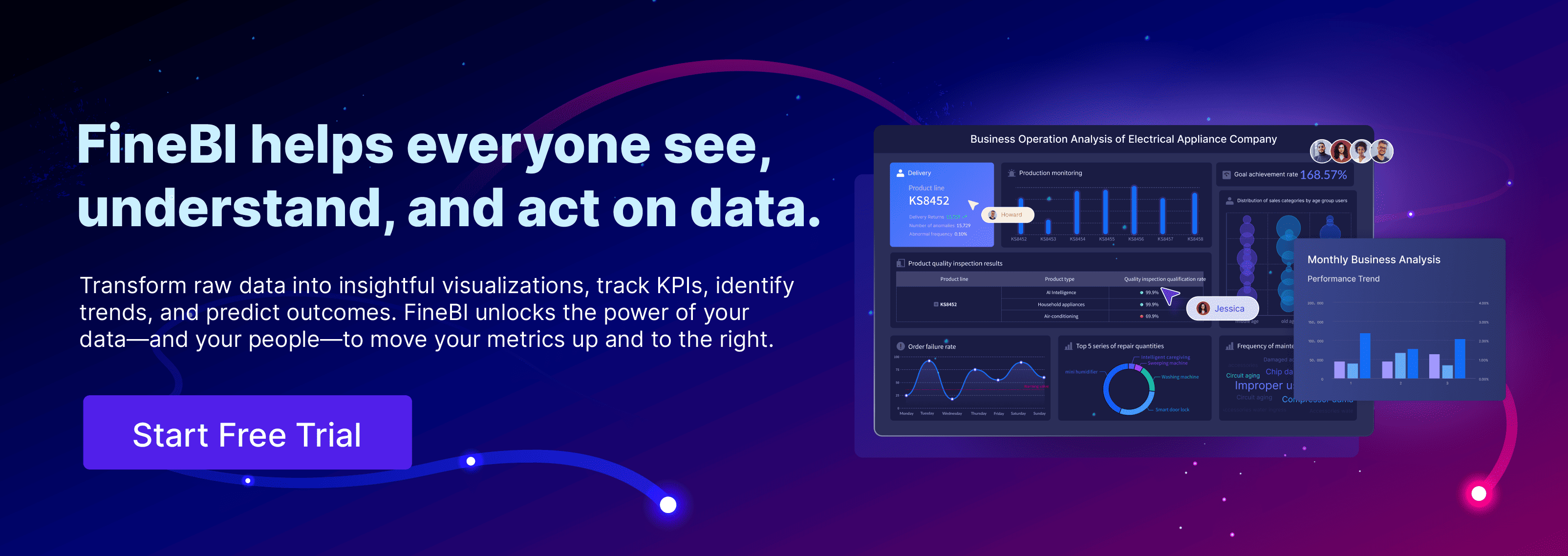Imagine you notice a sudden drop in your company’s sales numbers. You want to know why this happened, not just what happened. Diagnostic analytics gives you the tools to dig into your data and uncover the reasons behind business outcomes in Malaysia. This approach goes beyond surface-level reporting and uses statistical techniques like correlation and regression analysis to pinpoint root causes. Companies from manufacturing to finance rely on diagnostic analytics to drive informed decision-making and deliver actionable insights that improve results.
Many businesses in Malaysia see real impact:
Business Outcome Quantified Impact Company Example Downtime Reduction 30% decrease in downtime General Electric (GE) Fuel Consumption Saved 85 million gallons of fuel saved UPS Pricing Optimization Improved pricing and promotions strategies Coca-Cola
Key Takeaways
- Diagnostic analytics helps you understand why business results happen by digging deeper into data to find root causes.
- Using diagnostic analytics lets you make smarter decisions that improve efficiency, reduce costs, and boost customer satisfaction.
- Follow clear steps like setting goals, gathering data, cleaning it, analyzing causes, and testing solutions to get the best results.
- Tools like FineReport and FineBI make it easy to connect data, create dashboards, and explore insights without needing technical skills.
- Starting small and focusing on one area helps you see real improvements before expanding diagnostic analytics across your business in Malaysia.
Diagnostic Analytics Overview
What Is Diagnostic Analytics
You often want to know why something happened in your business in Malaysia, not just what happened. Diagnostic analytics helps you answer these questions. This type of data analysis focuses on finding the root causes behind business outcomes in Malaysia. Instead of stopping at surface-level numbers, you dig deeper to understand the reasons behind trends or changes.
Diagnostic analytics uses methods like regression analysis, decision trees, and cluster analysis. These tools help you spot patterns and relationships in your data. For example, you might use diagnostic analytics to see why sales dropped last quarter or why customer satisfaction scores changed. According to CCS Learning Academy and IBM, diagnostic analytics sits between descriptive and prescriptive analytics. It helps you move from simply reporting results to understanding the drivers behind them. Modern business intelligence tools in Malaysia now combine traditional reporting with real-time data exploration, making diagnostic analytics more accessible and powerful.
Companies like General Electric and Coca-Cola use diagnostic analytics to improve efficiency and optimize supply chains. You can apply these techniques with tools such as FineReport, FineBI, Tableau, or Power BI.
Why It Matters for Business in Malaysia
Diagnostic analytics matters because it gives you the power to make smarter decisions. When you understand why business outcomes occur in Malaysia, you can take targeted action. For instance, a retail store might discover that behind-the-scenes social media posts drive more engagement, or an e-commerce site might find that a complicated checkout process causes customers to abandon their carts.
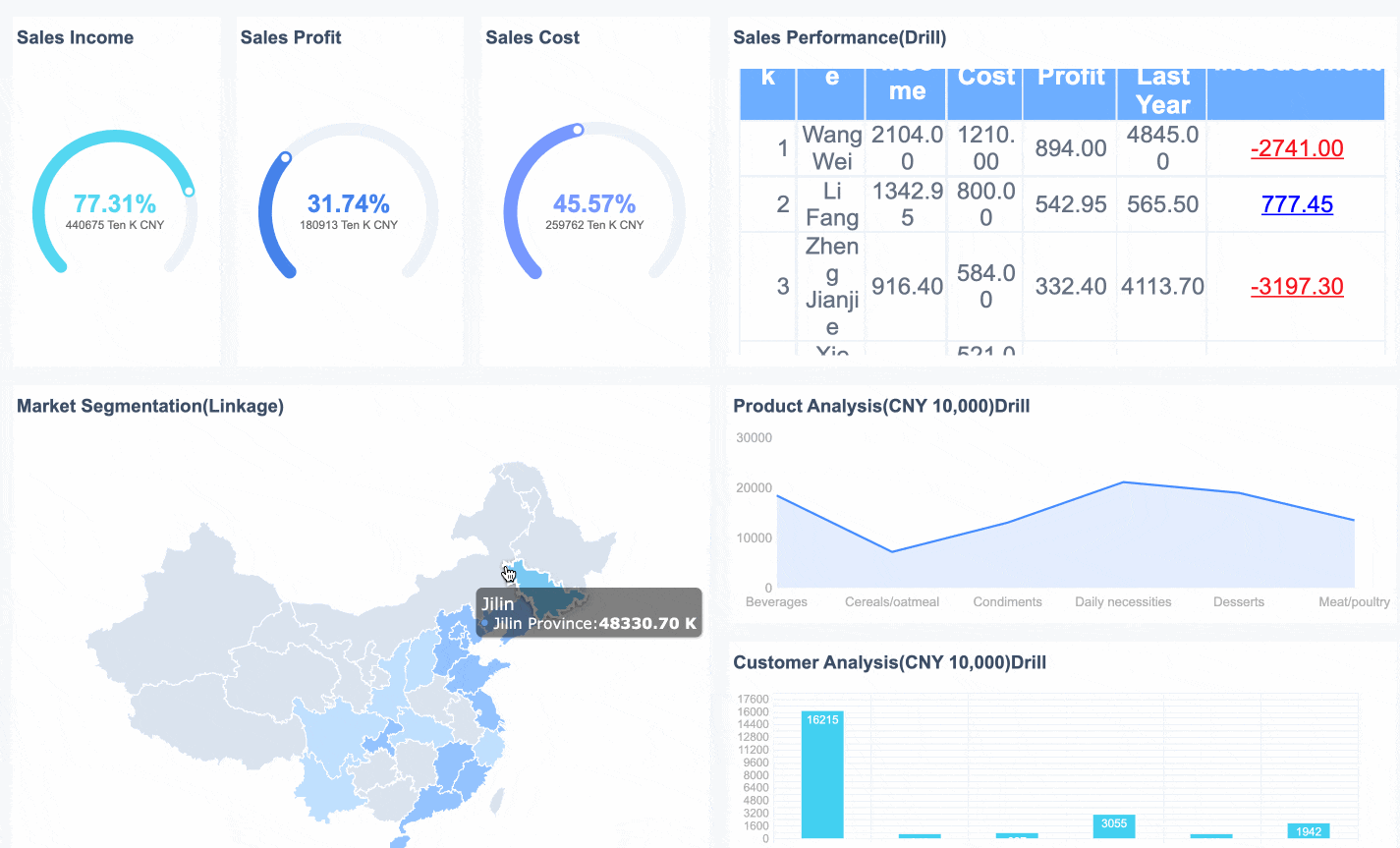
Market research shows that diagnostic analytics is essential for business growth in Malaysia and strategy. It helps you analyze market trends, customer satisfaction, and product performance. By using diagnostic analytics, you can identify bottlenecks, avoid costly mistakes, and improve your business outcomes in Malaysia. McKinsey reports that companies using advanced data analysis are much more likely to gain and keep new customers in Malaysia.
Diagnostic analytics also supports agile decision-making. You can quickly determine if you need to act, investigate further, or stay the course. This approach leads to better results and a stronger competitive edge. With diagnostic analytics, you move beyond guessing and start making decisions based on clear evidence.
Data-Driven Decision Making of Diagnostic Analytics
Role of Diagnostic Analytics
You play a key role in shaping your company’s future when you use diagnostic analytics. This approach lets you move beyond basic reporting and start asking why business outcomes occur in Malaysia. Diagnostic analytics helps you uncover the root causes behind trends and patterns. You can use techniques like drill-down, data mining, and correlation analysis to make deep connections within your data.
When you apply diagnostic analytics, you gain the ability to explain changes in your business in Malaysia. For example, you might investigate a sudden 15% drop in sales or find out why conversion rates vary across regions. This process enables you to respond quickly to market changes, spot missed opportunities, and avoid costly mistakes. You make data-driven decision making a reality by relying on facts instead of guesswork. Here is an interactive dashboard of sales performance created by FineReport, click to experience it.
Companies that excel at business analytics outperform competitors by 23 times in customer acquisition, stay profitable 19 times more often, and retain customers at seven times the rate.
Benefits for Organizations
Diagnostic analytics delivers clear benefits across industries. You can use it to resolve operational challenges, improve efficiency, and drive better business outcomes in Malaysia. The following table highlights how different sectors benefit from this approach:
| Industry | Success Metrics / Operational Improvements |
|---|---|
| Human Resources | Improved employee retention by identifying causes of turnover |
| Healthcare | Reduced readmission rates, improved patient care, optimized discharge plans |
| Manufacturing | Reduced machine downtime, fewer operational inaccuracies, streamlined production |
| Information Technology | Enhanced system performance by resolving network issues |
| Retail | Increased sales, optimized inventory, improved customer experience |
Organizations using diagnostic analytics are three times more likely to make faster decisions than competitors. You can reduce operational costs by up to 20% and improve customer satisfaction. By uncovering the reasons behind business outcomes in Malaysia, you support informed decision-making and set your company up for long-term success. Diagnostic analytics enables you to make informed decisions based on real-time insights and historical data analysis, not just intuition.
Applying Diagnostic Analytics in Malaysia
Steps to Implementation
You can unlock the full value of diagnostic analytics by following a clear, step-by-step process. This approach ensures you move from raw data to actionable insights that drive real business results in Malaysia.
- Define Objectives and KPIs
Start by setting clear goals. Decide what you want to improve or understand, such as reducing costs or increasing sales. Identify the key performance indicators (KPIs) that will measure your success. - Identify and Integrate Data Sources
Gather all relevant data from your business systems in Malaysia. This might include sales records, customer feedback, or production logs. Use tools like FineReport and FineBI to connect and unify data from multiple sources, breaking down silos. - Clean and Prepare Data
Ensure your data is accurate and consistent. Remove duplicates, fill in missing values, and standardize formats. Clean data forms the foundation for reliable data analysis. - Analyze Data to Find Root Causes
Apply diagnostic analytics techniques to uncover patterns and relationships. Use regression analysis, clustering, and hypothesis testing to dig deeper into your data. - Develop Actionable Insights
Translate your findings into practical recommendations. For example, if you discover that machine downtime spikes during certain shifts, you can adjust staffing or maintenance schedules. - Collaborate and Test Solutions
Share your insights with stakeholders. Pilot your recommendations on a small scale to see if they deliver the expected improvements in Malaysia. - Implement and Monitor
Roll out successful solutions across your organization. Track your KPIs to measure impact and refine your approach as needed.
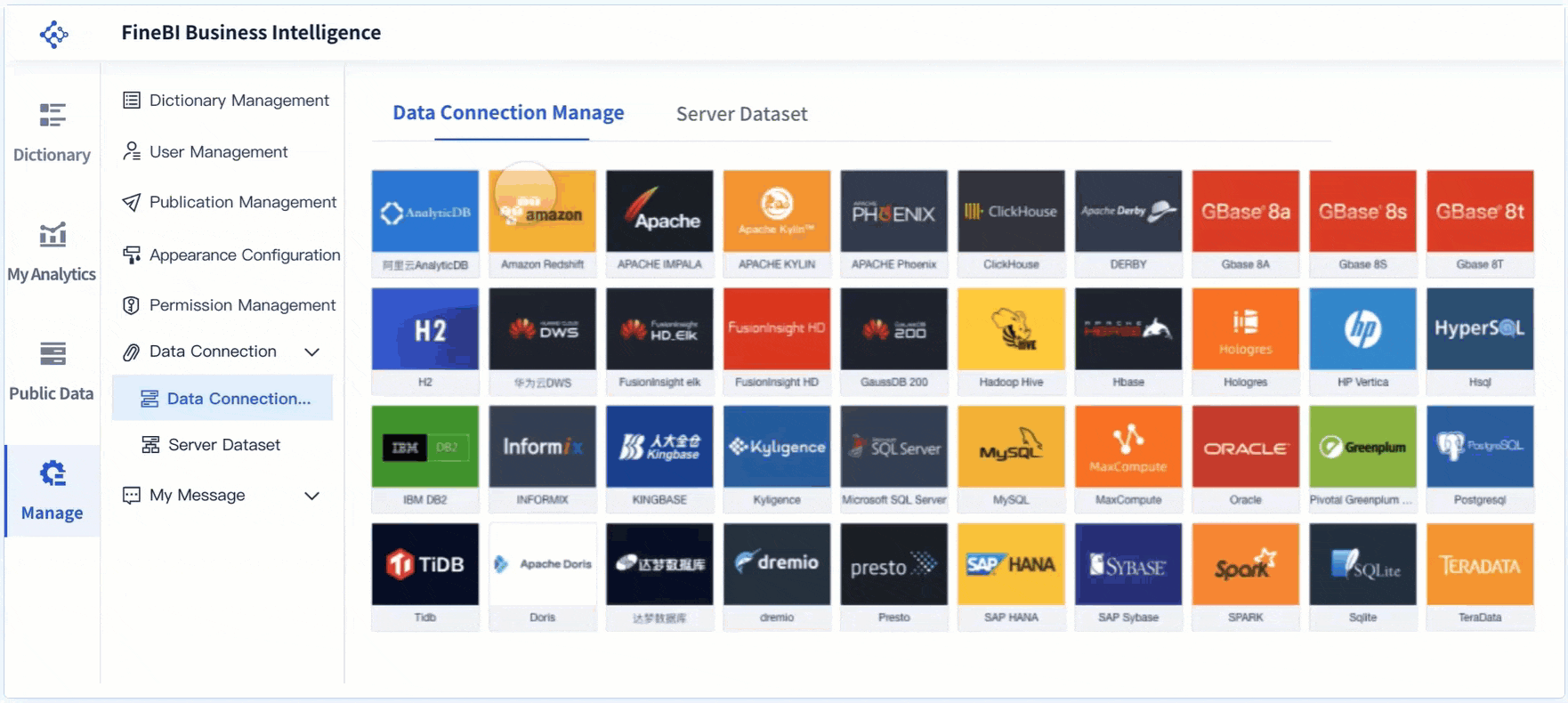
Manufacturers who use diagnostic analytics and AI have seen a 10-15% increase in production efficiency and a 4-5% rise in EBITA. These gains show the power of a structured analytics strategy.
Tools and Techniques
You have access to a wide range of tools and techniques that make diagnostic analytics effective and accessible. Choosing the right mix helps you turn complex data into clear, actionable insights.
- Analytical Techniques
- Root cause analysis (RCA): Find the underlying reasons for problems.
- Hypothesis testing: Test ideas using real data.
- Statistical modeling: Build models to identify key factors.
- Data mining: Discover hidden patterns in large datasets.
- Case-based reasoning: Use past cases to solve current issues.
- Statistical Indicators
- Regression analysis (linear, logistic)
- t-tests and chi-square tests
- Clustering algorithms
- Popular Tools
- Statistical software: R, Python, SPSS
- Business intelligence platforms in Malaysia: FineReport, FineBI, Tableau, Power BI
- Data mining tools: RapidMiner, KNIME, SAS Enterprise Miner
- Visualization and root cause tools: Ishikawa diagrams, Pareto charts
FineReport and FineBI stand out by combining data integration, visualization, and self-service analysis. You can connect to over 100 data sources, create interactive dashboards, and drill down into details—all without writing code.
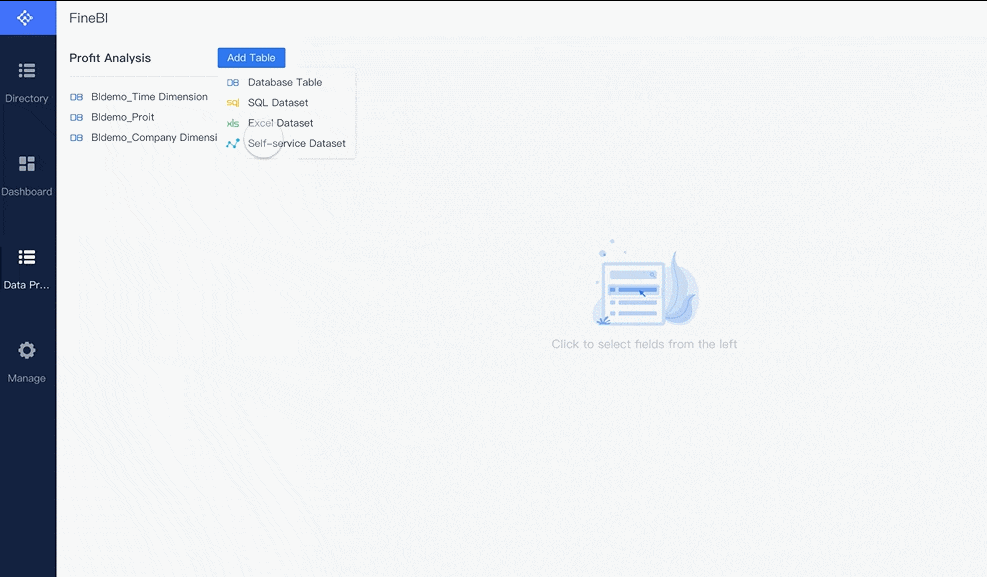
Over 90% of organizations report measurable value from analytics. Companies using data-driven decisions see a 63% boost in productivity and at least a 50% increase in growth and profit.
| Statistic Description | Value / Impact |
|---|---|
| Organizations achieving measurable value from analytics | Over 90% |
| Increase in operational productivity via data-driven decisions | 63% |
| Growth and profit boost from customer data analytics (McKinsey) | At least 50% |
| Profitability increase from advanced analytics (Kearney) | 81% |
FanRuan Solutions in Malaysia: Advantages and Features of FineReport and FineBI
You can leverage FineReport and FineBI to bring diagnostic analytics to life in your business in Malaysia. These tools offer powerful features that support every step of your analytics journey.
- Data Integration
FineReport and FineBI connect seamlessly to databases, cloud platforms, and files. You can unify data from sales, finance, operations, and more. This integration removes barriers and ensures you work with complete, up-to-date information. - Visualization and Dashboards
Both tools let you build interactive dashboards with drag-and-drop simplicity. You can visualize trends, compare metrics, and drill down to root causes. FineReport offers pixel-perfect reports and 3D dashboards, while FineBI empowers you with self-service analytics and real-time filtering.
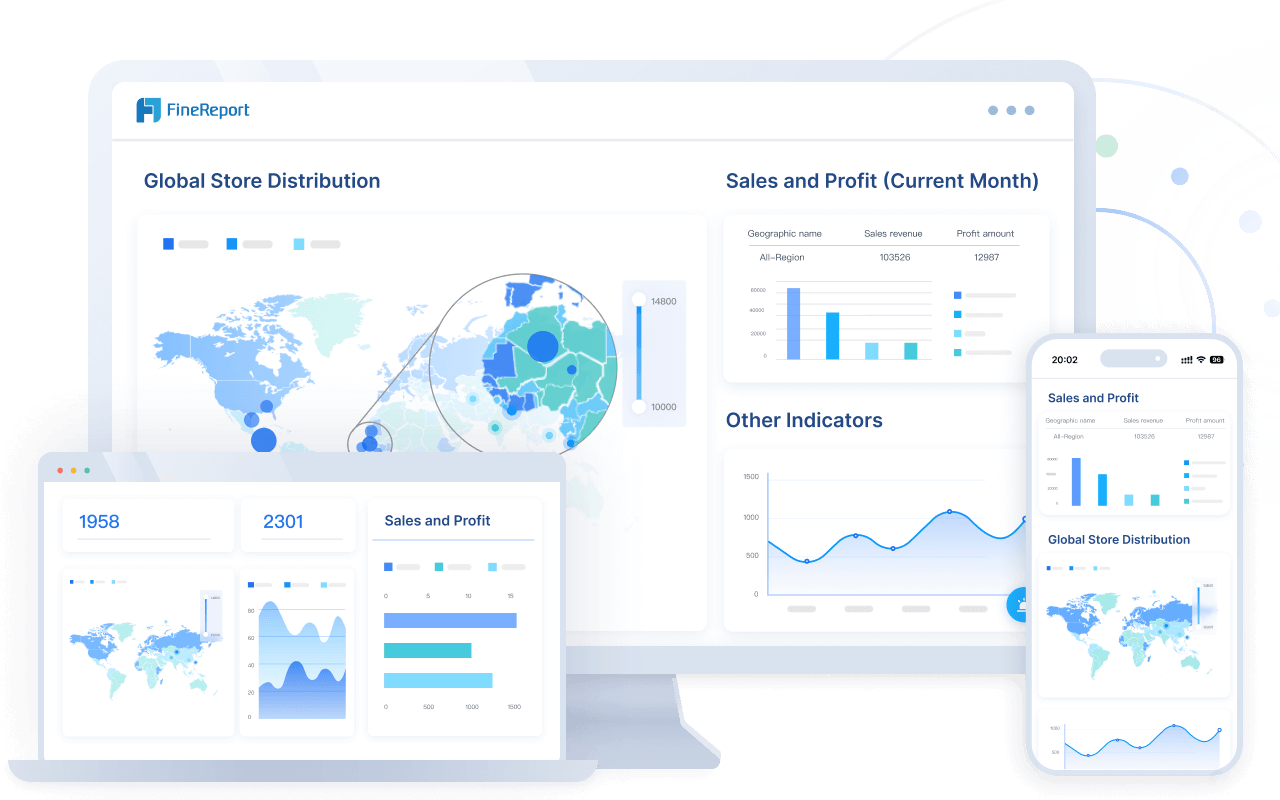
- Self-Service Analysis
FineBI enables business users in Malaysia to explore data independently. You can create your own reports, apply filters, and uncover actionable insights without waiting for IT support. - Collaboration and Security
Share dashboards and reports securely across teams. FineReport and FineBI provide role-based access, ensuring the right people see the right data.
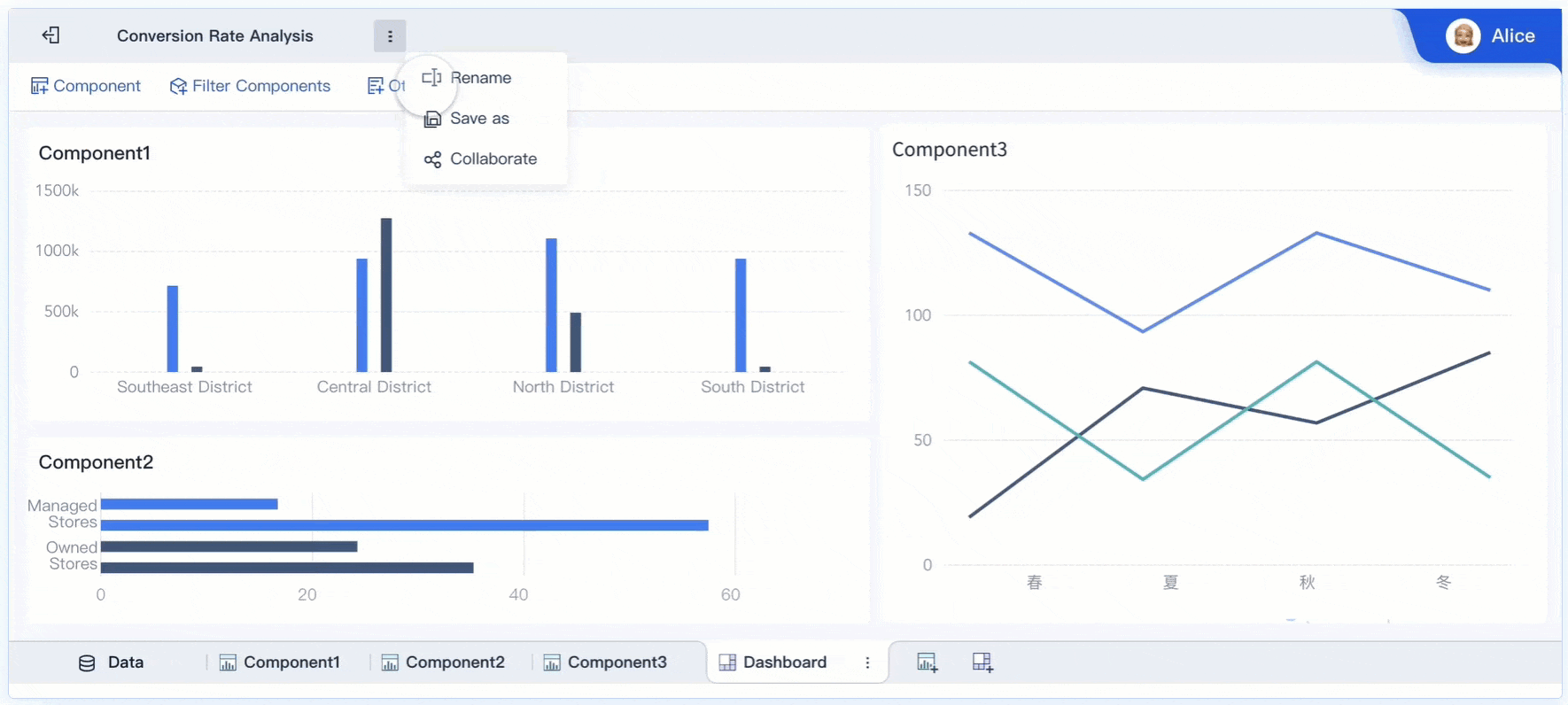
Real-World Use Cases
You can see the impact of diagnostic analytics across industries:
| Industry | Use Case Example | Outcome |
|---|---|---|
| Manufacturing | Predictive maintenance using FineReport dashboards | Significant cost reductions |
| Retail | Customer behavior analysis with FineBI | Revenue increases |
| Finance | Fraud detection and risk analysis with FineBI | Improved compliance and reduced losses |
| Healthcare | Patient care optimization using diagnostic analytics in FineReport | 25% reduction in readmission rates |
In one manufacturing case, diagnostic analytics identified machine malfunctions, leading to a 40% improvement in production efficiency after upgrades. In retail, analyzing customer data with FineBI led to smarter promotions and a 30% increase in conversion rates.
| Sector/Area | Diagnostic Technique/Tool | Measurable Outcome |
|---|---|---|
| Sales | Diagnostic analytics identifying shipping cost issues | 25% increase in sales after offering shipping discounts |
| Production Efficiency | Machine malfunction diagnosis via diagnostic analytics | 40% improvement after machinery upgrades |
| Employee Productivity | Managerial training based on root cause analysis | 15% boost in productivity |
| Marketing Conversion | Realignment of campaigns using diagnostic insights | 30% increase in conversion rates |
| User Retention | Simplification of complex product features | 20% increase in user retention |
| Quality Control | Supplier part defect identification | Significant defect reduction, increased sales |
| Financial Planning | Seasonal revenue dip analysis | Smarter budgeting and improved cash flow management |
| Customer Satisfaction | Infrastructure improvements in problematic zones | Drastic reduction in complaints |
| Healthcare | Post-discharge care procedure changes | 25% reduction in hospital readmission rates |
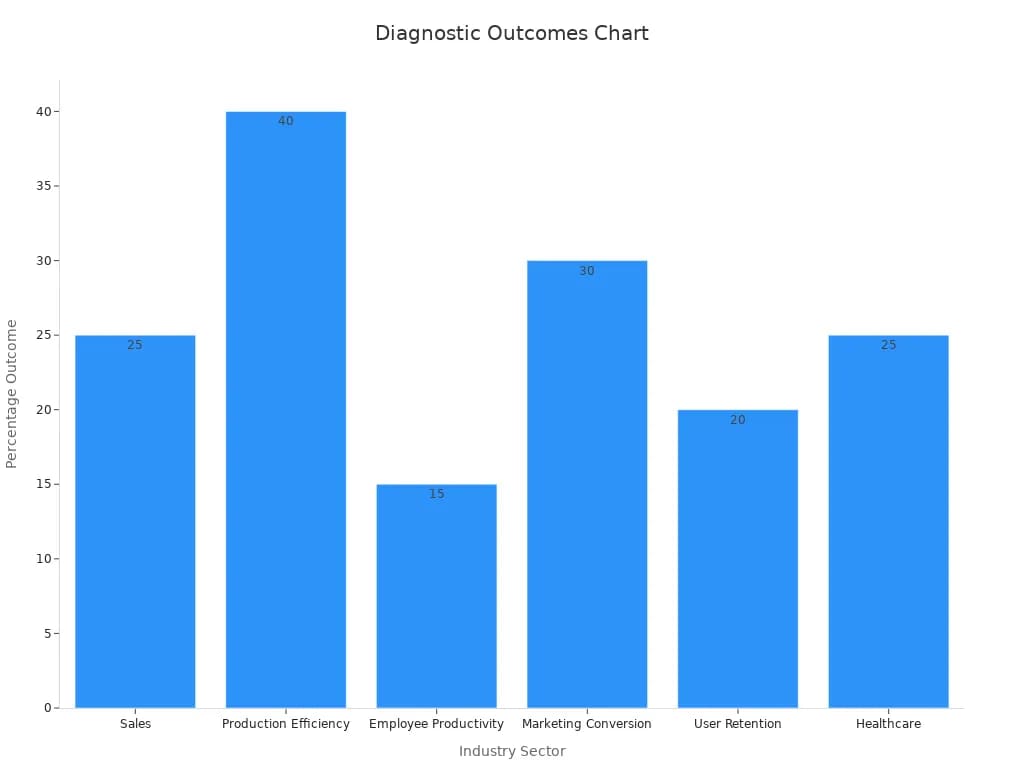
Tip: Start small by piloting diagnostic analytics in one department. Measure the impact, then expand to other areas for greater business value in Malaysia.
You can achieve measurable improvements by following a structured process and using the right tools. Diagnostic analytics helps you move from data to action, delivering actionable insights that drive growth and efficiency.
Overcoming Challenges of Diagnostic Analytics
Common Obstacles
You may face several challenges when implementing diagnostic analytics in your organization. Data silos, integration issues, and poor data quality often stand in the way of extracting actionable insights. Many organizations struggle with fragmented systems and inconsistent data formats. These problems can slow down your analytics projects and reduce the reliability of your results.
- 80% of electronic healthcare data remains unstructured, making it hard to process and analyze.
- Only 20% of healthcare data is structured, which highlights the difficulty of standardizing and integrating information.
- Data quality issues often include missing values, inconsistencies, inaccuracies, and duplication.
- Heterogeneous data from multiple sources, such as IoT devices, complicates integration and analysis.
- Real-time analytics are rarely applied, even when real-time data is available.
These challenges are not unique to healthcare. Most industries encounter similar obstacles when working with diagnostic analytics.
Best Practices in FineReport and FineBI
You can overcome these barriers by following proven strategies and leveraging advanced tools like FineReport and FineBI. These platforms help you break down data silos and ensure high-quality, integrated data for analysis.
| Company / Solution | Method / Solution Description | Outcome / Impact |
|---|---|---|
| IQVIA Vigilance Platform | Centralized safety data platform for real-time adverse event reporting | Processes over 15% of global adverse event case intake |
| Pfizer (with AWS ML) | Real-time anomaly detection in manufacturing sensor data | Improved integration and data quality |
| Global Pharma (PwC case) | Integrated analytics platform with machine learning for sales optimization | 30% sales growth, 1.5× higher sales performance |
FineReport and FineBI support seamless data integration from over 100 sources, automate data cleaning, and provide real-time dashboards. You can use these tools to:
- Centralize your data for a unified view.
- Automate data validation and cleansing to reduce errors.
- Enable self-service analytics so teams can explore data independently.
- Set up real-time alerts for anomalies or data quality issues.
Tip: Start by auditing your current data sources. Use FineReport or FineBI to connect, clean, and visualize your data. Regularly review your analytics process to ensure you maintain high data quality and reliable diagnostic analytics.
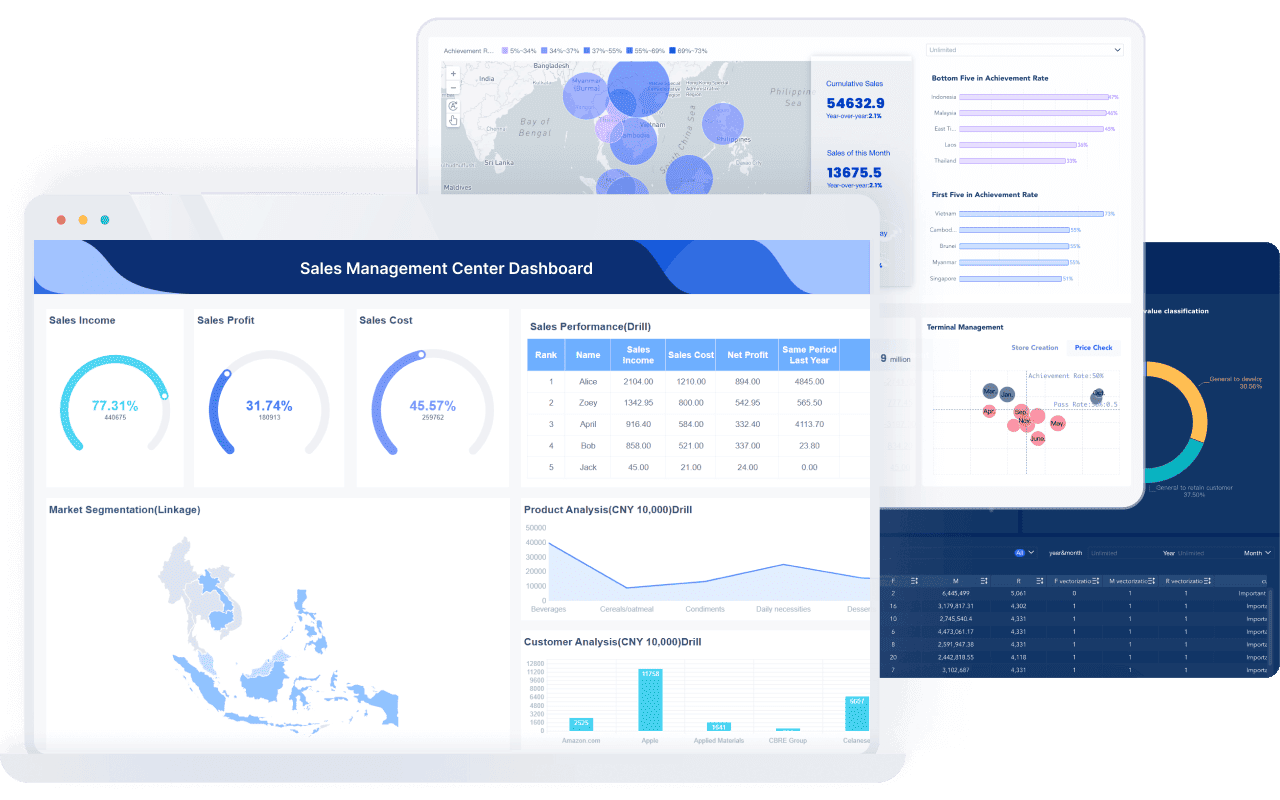
You can unlock real business value in Malaysia by using data to guide your decisions. When you apply the right tools, you improve revenue, efficiency, and customer satisfaction. The table below shows how data-driven strategies impact your business in Malaysia:
| KPI Metric | Description | Impact on Business Success and Decision Making |
|---|---|---|
| Revenue Growth | Financial gains from data-driven strategies | Increased company profits |
| Operational Efficiency | Process improvements and higher output per employee | Enhanced productivity and cost savings |
| Customer Satisfaction | Better customer experience and loyalty | Improved retention and personalization |
| Decision Quality and Speed | Faster, more accurate choices | Confident, timely decisions |
Start your journey with FineReport and FineBI. Take action now and drive continuous improvement in your organization.
Click the banner below to try FineReport and FineBI for free and empower your enterprise to transform data into productivity!
Continue Reading About Diagnostic Analytics
FAQ

The Author
Lewis
Senior Data Analyst at FanRuan
Related Articles

How to Build a Data Analysis Portfolio Step by Step
Build a data analysis portfolio from scratch with step-by-step guidance on choosing projects, platforms, and showcasing your skills to stand out.
Lewis
Nov 19, 2025

Understanding the Work of a Data Quality Analyst
A data quality analyst ensures data accuracy, consistency, and reliability by identifying, resolving, and monitoring data quality issues for business success.
Lewis
Nov 17, 2025

How Can Employee Retention Software Help Lower Turnover Rate
Employee retention software lowers turnover by tracking engagement, identifying risks, and supporting recognition to keep employees satisfied and loyal.
Lewis
Nov 16, 2025
